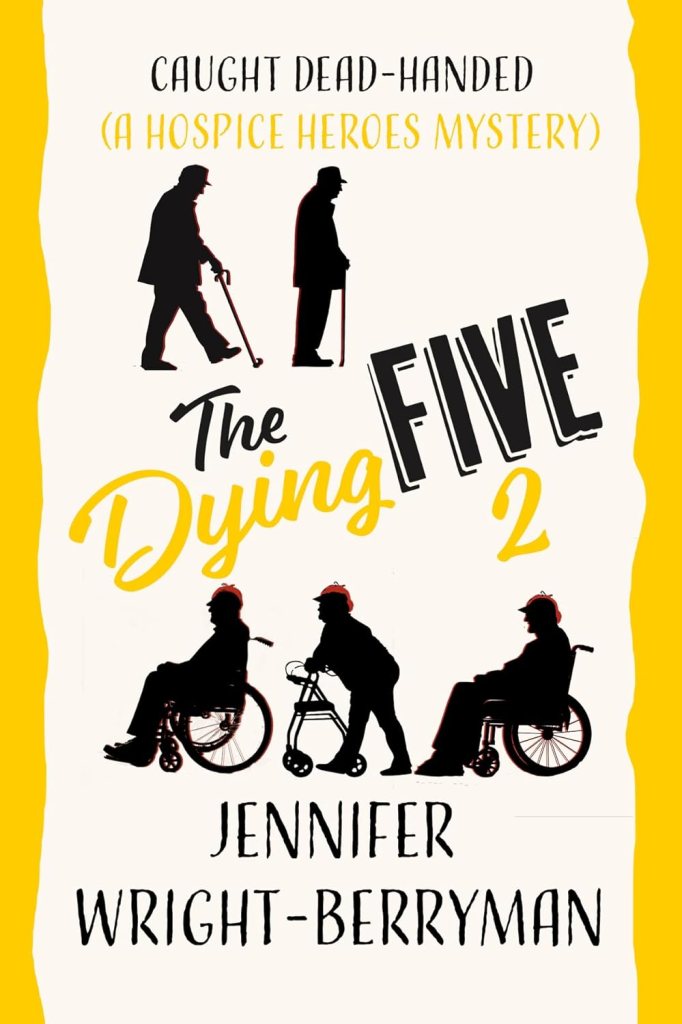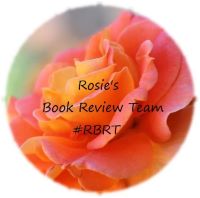I was given an e-book of this title in exchange for an unbiased review. This is reviewed for Rosie’s Book Review Team.


While there was a lot to like about this book, I had a few problems with some of it. I’m going to rate this one a three star. It’s got a great premise—dying people who solve murder mysteries. It has some great quirky characters and moves along at a good pace.
The few issues I had were perhaps personal to me and would probably not matter to many readers.
Some wrong word usage threw me out of the story in a few places. There were way too many characters to try to keep straight and that was exacerbated by a lot of them having names that started with “J”. One character’s name really bothered me because it was Frances. And he was a man. Traditionally, men named Francis are spelled with and “i” and females with an “e” —my mom was named Frances so I’m hyper aware of the spelling difference. But that’s just me. And that’s not all that important to the grand scheme of things.
There was some head hopping as well as things mentioned that the point-of-view character could not have known. But the biggest thing that bothered me was the crime solvers became criminals themselves. And one part of the story really bothered me. A character was left tied to a chair with a gag for three days. Imagine how that would go. *shudder* The whodunit was kind of out of left field as well which was disappointing.
So, overall, I think it was a good plot, an interesting take on crime solving, and the intricacies of why the murder took place were well done. It was intriguing and the issues I had were probably just nitpicking, but they are things that threw me out of the world the author was building. A solid three stars for me–that might very well be a four for another reader.










